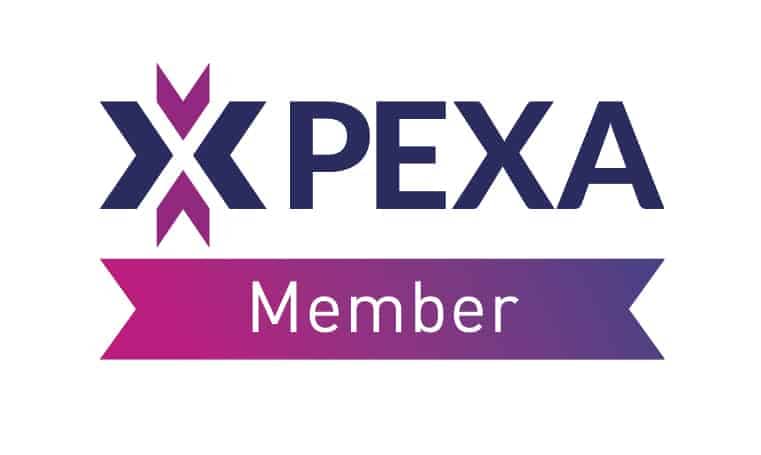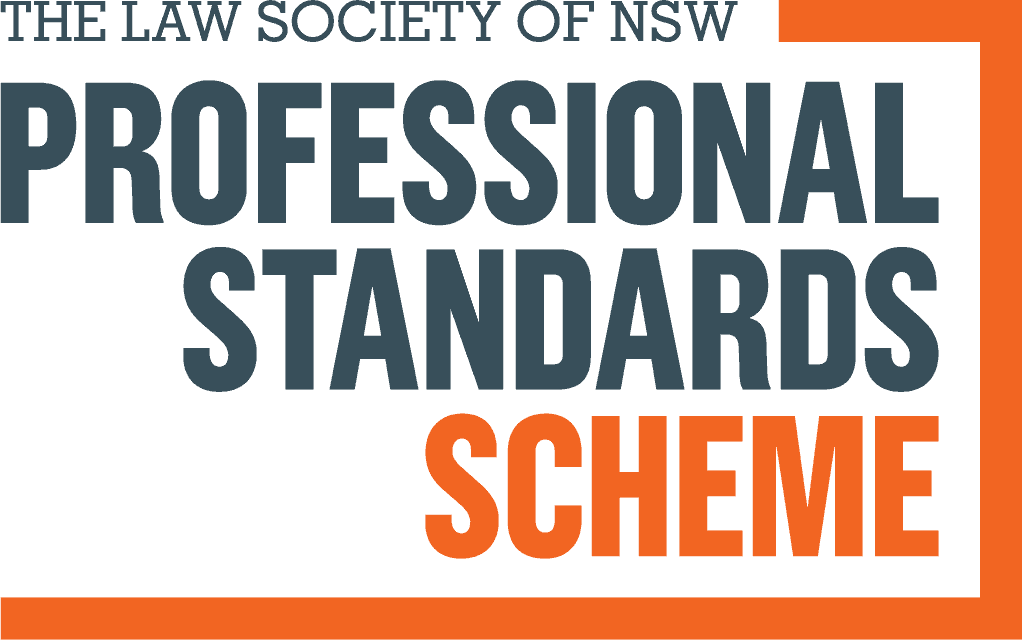On this page:

Deeds and Agreements – what’s the difference?
What is an agreement?
In general, all contracts are agreements. However, whether an agreement is binding (that is, enforceable by law) depends on the circumstances surrounding it.
A written agreement usually refers to an exchange between multiple parties, where one party provides goods/services to another party in return for ‘consideration’. Consideration is often monetary compensation, but it can be anything of value.
Elements of an agreement
To be legally enforceable, an agreement must include:-
- An offer and acceptance of the offer;
- An intention by the parties to be legally bound by the agreement; and
- Consideration, which is some form of exchange of value from one party to the other. This broad term that can mean much more than just money.
Agreements are enforceable regardless of whether they are in writing or oral.
What is a deed?
A deed is a form of promise or commitment to do something. It may show a party’s intention to:
- Create an obligation a party must act on; or
- Transfer an interest in property.
How is a deed executed?
In NSW, to be enforceable:
- a deed must in writing;
- it must be signed, sealed and delivered to the counterparty; and
- there must be a witness who is not a party to the deed.
What are the key differences between agreements and deeds?
The main differences between a deed and a binding agreement are that:
- an agreement may be made orally or in writing but a deed must be in writing; and
- consideration is not required for a deed to be binding.
How does a court determine whether a document is an agreement or a deed?
This is often determined by considering parties’ true intentions.
Agreements and deeds have different limitation periods. A limitation period is a set amount of time within which legal proceedings can be initiated in the event of a dispute.
For a breach of contract, the limitation period is usually 6 years after the breach. For a deed, 12 years is a common limitation period.
Can an agreement be executed as a deed?
Yes, if it is signed, sealed and delivered.
Take Aways
Deciding whether a deed or an agreement is appropriate depends on the circumstances of each case.
To show your intentions and avoid confusion as to whether a document is an agreement or a deed, use words explicitly showing the intention of the document (e.g. include the words “to be executed as a deed”).
If you are unsure whether there is sufficient consideration, include the words ‘signed, sealed and delivered’ to ensure that the agreement is legally binding.
Remote witnessing of legal documents in NSW
Sections 14F and 14G of the Electronic Transactions Act 2000 (NSW) (‘the Act’) allow remote witnessing in NSW of legal documents such as wills, statutory declarations and affidavits.
Requirements of remote witnessing
To comply with the remote witnessing provisions the witness must:
- observe the signatory signing in real time;
- sign the document, or an exact copy of the document, signed by the signatory;
- be satisfied that the document they sign is the same document, or a copy of the document, signed by the signatory; and
- state that the method used to witness the signature (i.e. AVL, Zoom etc) and state that it was witnessed in accordance with the Electronic Transactions Act.
Allowing for the remote witnessing of documents such as affidavits, deeds and statutory declarations by way of audio visual link aims to overcome the immediate issue of having a witness physically present to observe the signature.
Remote witnessing moving forward
The Act clarifies a number of aspects involved in undertaking remote witnessing. For instance, the Act:
- clarifies that an original document may include any signed pages by the signatory and witness, followed by the remainder of the document unduplicated, removing the need to include unnecessary duplicates within the original document; and
- provides that remote witnessing is possible even if both parties are outside NSW provided that they are signing a document which is required to be signed under an Act or law of the NSW jurisdiction
Potential pitfalls of remote witnessing
Potential pitfalls include:-
- the legislation does not require the recording or storage of remote witnessing sessions which may become relevant to review if an assertion of undue influence is made in the context of a contested will or transfer of property which raises concerns. That is, the technology creates the possibility that during the remote witnessing session a third party may be present in the room, who guides and influences the signatory to sign the legal document, which the witness is unaware of, as the third party’s actions may be outside the field of vision of the audio visual link.
- Other issues may arise when multiple documents are required to be witnessed and out of complacency signatures are recycled without disclosing the full detail contained in the documents to the signatory. This may occur by way of a third party speaking on behalf of the signatory, who consents to the use of the signature without disclosing this to the signatory.
It may be sound practice to seek the consent of the signatory to record the remote witnessing session and identify the capacity of the signatory including if any other individuals are present.
Despite these concerns, remote witnessing allows for a more efficient execution process of legal documents and improves access to legal services, saving time and legal costs.




